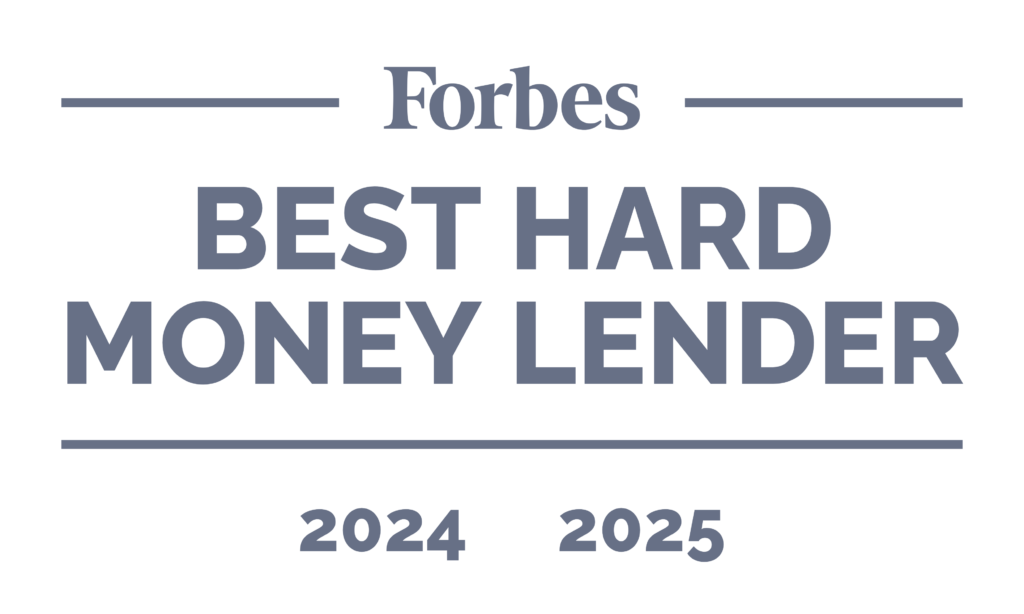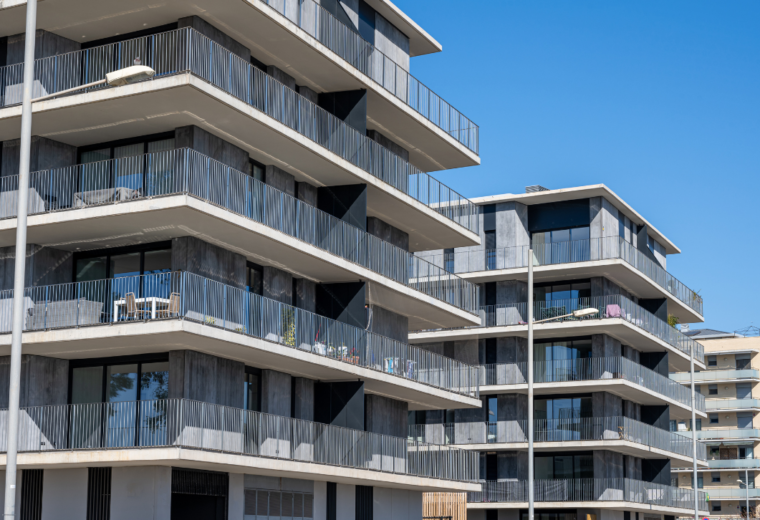As a real estate investor there are a variety of options for building your portfolio. One of the first decisions you’ll face is whether to invest in single-family or multi-family properties.
Each property type has its own advantages, challenges, and considerations that can impact your investment strategy and long-term returns. Knowing the key differences between the two will help you decide which aligns best with your real estate portfolio goals and risk tolerance.
What Are Single and Multi-Family Properties?
Single-family properties are standalone residential units designed to house one family. Think suburban homes, townhouses, cottages or ranch houses. They come with their own lot, driveway, and utilities, and tenants have the run of the entire property.
Multi-Family Properties: These include duplexes, triplexes, and apartment buildings that have multiple unrelated tenants living in the same structure. They share utilities, common spaces, and sometimes amenities. They’re vastly different from single-family homes in terms of management and scalability.
Pros and Cons of Single-Family Investments
Pros:
- Lower cost of entry: Single-family homes generally require less upfront capital, making them accessible for new real estate investors.
- Easier to sell: A larger pool of buyers exists for single-family homes, with individual investors and owner-occupants.
- Tenant stability: Tenants in single-family homes often stay longer because they want a more permanent living situation.
- Simpler management: Managing one tenant and one property is often easier than handling multiple tenants in a multi-family unit.
Cons:
- Higher vacancy risk: If your only tenant moves out, you lose 100% of your rental income until a new tenant is found.
- Slower cash flow growth: With standalone properties, you’re limited to a single rental income stream per property, making it slower to scale profits.
- Higher maintenance costs per unit: Maintenance expenses can be higher per unit compared to multi-family properties, as economies of scale aren’t in play.
Pros and Cons of Multi-Family Investments
Pros:
- Higher rental income: Multiple tenants generate multiple streams of rental income, reducing the impact of vacancies and offering some insulation from market conditions.
- Economies of scale: Costs such as maintenance, insurance, and property management are spread across multiple units, improving efficiency.
- Easier to scale: Investors who want to grow their portfolio quickly can do it more efficiently by purchasing a multi-family property rather than multiple single-family homes.
- More attractive to professional management: Multi-family properties often justify hiring a professional property manager, reducing the hands-on burden for investors.
While property management services can take some of the stress out of managing a multifamily building, it’s important to understand the advantages and disadvantages of using professional management before you commit. Think about how management costs will affect your monthly cash flow, for example.
Cons:
- Higher upfront costs: The initial outlay for multi-family properties is much higher, requiring more capital or financing.
- More management responsibilities: Dealing with multiple tenants increases the complexity of property management and potential tenant issues.
- Less liquidity: Multi-family properties take longer to sell, as the buyer pool is mainly investors rather than owner-occupants.
- Market Sensitivity: Multi-family properties are more vulnerable to changes in rental market trends and economic downturns.
If this is your first time investing in multifamily units, read our blog to avoid the top 5 mistakes investors make when entering the multifamily lending space.
Which Investment Type Is Right for Your Portfolio?
Your choice between single-family and multi-family investments depends on several things. As always, it’s important to sit down and work out your strategy based on the following:
- Budget: If you’re starting with a smaller budget, single-family homes may be the better option. If you have more capital to invest, or can get a multi-family bridge loan, multi-family properties offer greater cash flow potential. Read more about multi-family financing, and get your head around hard money loans.
- Risk Tolerance: Single-family homes carry higher vacancy risks, while multi-family properties require careful management in terms of handling multiple tenants and potential turnover.
- Investment goals: If your goal is long-term appreciation and easy management, single-family homes are a great option. However, if you’re aiming for higher income and quicker scaling, multi-family properties could be a better fit.
- Experience level: New investors may find single-family homes easier to manage, while experienced investors with property management connections may thrive with multi-family properties.
Making the Best Real Estate Investment Choice with Residential Properties
Both single-family and multi-family properties can be excellent investments depending on your financial goals, risk appetite, and experience level. Carefully weighing the pros and cons of each will help you make an informed decision and build a portfolio that aligns with your long-term vision.
Whether you choose the stability of single-family rentals or the scalability of multi-family investments, a well-planned strategy is key to success in real estate investing.
Get Started with Express Capital Financing
No matter which type of property you choose, securing the right financing is crucial to making your investment a success. At Express Capital Financing, we specialize in providing flexible hard money loans designed to help real estate investors acquire and scale their portfolios with ease.
Our Multi-Family and Mixed-Use Bridge Loans offer competitive rates, fast approvals, and customized solutions tailored to your investment strategy. Apply now to learn more about how we can help you finance your next property.






